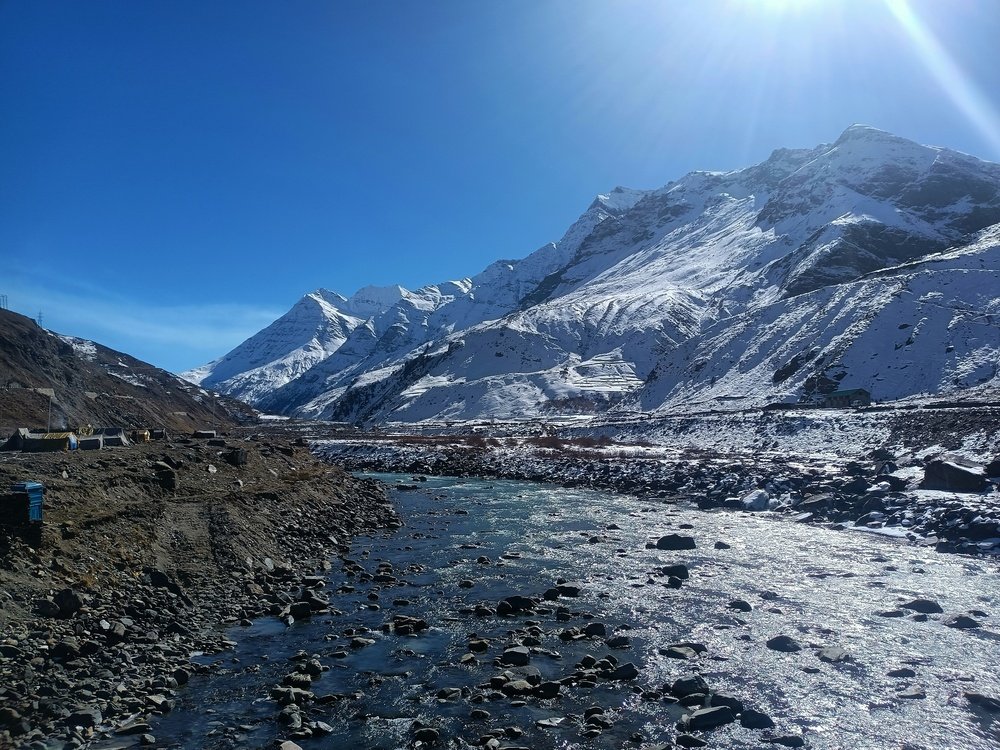India’s diverse geography is home to some of the most beautiful hill stations in the world, offering cool climates, lush greenery, and serene landscapes. Whether you want to beat the summer heat, seek adventure, or simply relax amidst nature, the hill stations in India are perfect getaways. From the mighty Himalayas in the north to the Western Ghats in the south, these hill towns offer a refreshing break with breathtaking views, rich culture, and exciting activities.
Why Visit Hill Stations in India?
The hill stations in India are not only climate retreats but also cultural hubs, each with its unique charm and attractions. These destinations boast peaceful surroundings, colonial architecture, adventure sports, and spiritual sites that draw millions of visitors annually. Traveling to hill stations is a great way to unwind, reconnect with nature, and explore local traditions.
Top Hill Stations in India
1. Shimla – The Queen of Hills
Shimla, the capital of Himachal Pradesh, is one of the most popular hill stations in India. Famous for its colonial architecture, pleasant climate, and scenic views, Shimla offers something for every traveler. The Mall Road is perfect for shopping and dining, while The Ridge provides panoramic views of the surrounding mountains.
Nearby attractions include Jakhoo Temple, Christ Church, and the Kufri hill station, known for adventure activities like skiing and tobogganing.
2. Manali – Adventure and Serenity Combined
Nestled in the Kullu Valley, Manali is a paradise for nature lovers and adventure enthusiasts alike. From the snow-capped peaks of the Himalayas to the flowing Beas River, Manali offers spectacular views and endless activities like paragliding, river rafting, trekking, and skiing.
Visit the ancient Hadimba Temple, Solang Valley, and the hot springs at Vashisht to experience Manali’s spiritual and natural beauty.
3. Darjeeling – The Queen of the Hills in the East
Darjeeling in West Bengal is famous for its tea gardens, panoramic views of Mount Kanchenjunga, and the iconic Darjeeling Himalayan Railway — a UNESCO World Heritage Site. The town is dotted with colonial-era buildings, monasteries, and bustling markets.
Don’t miss the Tiger Hill sunrise viewpoint, the Peace Pagoda, and a visit to one of the many tea estates to learn about tea processing.
4. Ooty – The Queen of the Nilgiris
Located in Tamil Nadu, Ooty is a charming hill station known for its rolling hills, botanical gardens, and lakes. The Ooty Lake offers boating, while the Botanical Gardens display a wide variety of exotic plants.
The Nilgiri Mountain Railway, another UNESCO World Heritage Site, takes you on a scenic journey through misty hills and tea plantations.
5. Munnar – The Tea Paradise of Kerala
Munnar, nestled in the Western Ghats of Kerala, is famed for its sprawling tea plantations, lush greenery, and misty mountains. The cool climate and abundant flora and fauna make it a favorite among nature lovers.
Visit the Eravikulam National Park to spot the endangered Nilgiri Tahr, and explore the Anamudi Peak, the highest point in South India.
6. Nainital – The Lake District of Uttarakhand
Known for its picturesque lake surrounded by hills, Nainital is a beautiful hill station in Uttarakhand. The Naini Lake is perfect for boating, and the town’s viewpoints like Snow View Point and Tiffin Top offer stunning vistas.
The lively Mall Road is great for shopping local handicrafts and savoring Kumaoni cuisine.
7. Mussoorie – The Queen of the Hills in Uttarakhand
Mussoorie, another gem of Uttarakhand, is known for its scenic beauty and pleasant weather. The Camel’s Back Road is a popular walking trail with spectacular views, and the Kempty Falls nearby is a favorite picnic spot.
The colonial-era architecture and vibrant markets add to the charm of this hill station.
8. Coorg – The Scotland of India
Coorg, or Kodagu, located in Karnataka, is famous for its coffee plantations, rolling hills, and waterfalls. The region offers great trekking routes, wildlife sanctuaries, and beautiful estates to explore.
Visit the Abbey Falls, Talakaveri, and the Nisargadhama Island for an immersive experience.
Tips for Traveling to Hill Stations in India
- Best Time to Visit: Most hill stations are ideal from March to June and September to November when the weather is pleasant.
- Packing: Carry warm clothes even in summer as temperatures can drop significantly at higher altitudes.
- Accommodation: Book your stay in advance during peak seasons to avoid last-minute hassles.
- Local Cuisine: Don’t miss trying local delicacies and street food unique to each hill station.
- Respect Nature: Help preserve the natural beauty by avoiding littering and minimizing plastic use.
Conclusion
The hill stations in India offer perfect escapes from the hustle and bustle of city life. Whether it’s the colonial charm of Shimla, the adventurous spirit of Manali, the tea gardens of Darjeeling and Munnar, or the serene lakes of Nainital and Ooty, each destination provides a unique blend of nature, culture, and relaxation.
So, pack your bags, breathe in the fresh mountain air, and embark on a rejuvenating journey to some of India’s most enchanting hill stations.

